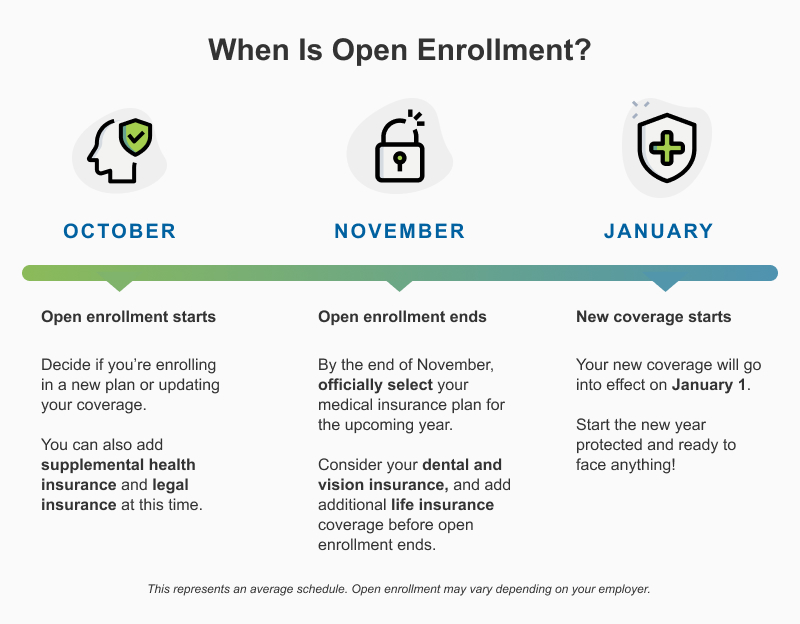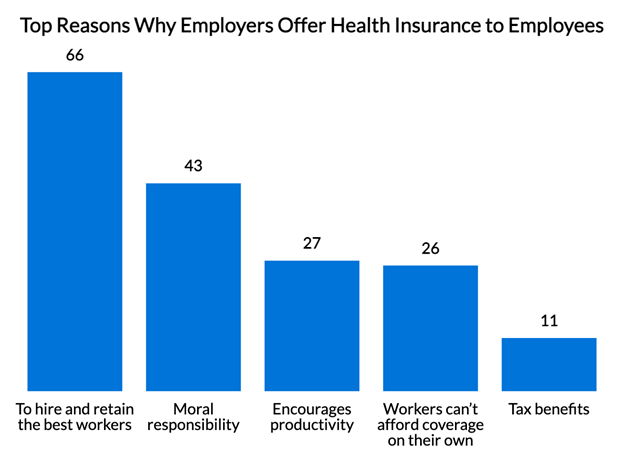Medicare Advantage Agent Things To Know Before You Get This
Medicare Advantage Agent Things To Know Before You Get This
Blog Article
3 Simple Techniques For Medicare Advantage Agent
Table of ContentsSome Ideas on Medicare Advantage Agent You Should KnowSee This Report on Medicare Advantage AgentTop Guidelines Of Medicare Advantage Agent


follows from complies with the puzzling young age profile of the uninsured with without insurance better health, health and wellness average, standard younger persons. For those without accessibility to work environment health insurance, inadequate health is a possible obstacle to acquiring nongroup coverage because such protection may be very valued, omit pre-existing problems, or be just not available. Unless otherwise kept in mind, national quotes of individuals without health insurance policy and percentages of the population with various kinds of insurance coverage are based on the CPS, the most commonly used source of estimates of insurance protection and uninsurance prices.

Medicare Advantage Agent Fundamentals Explained
Over a three-year period beginning early in 1993, 72 million individuals, 29 percent of the united state population, lacked coverage for at least one month. Within a single year(1994), 53 million individuals experienced at the very least a month without coverage(Bennefield, 1998a). 6 out of every 10 uninsured adults are themselves utilized. Although working does enhance the likelihood that a person and one's member of the family will certainly have insurance coverage, it is not a guarantee. Even participants of households with two permanent wage earners have nearly a one-in-ten possibility of being uninsured (9.1 percent without insurance rate)(Hoffman and Pohl, 2000 ). The relationship in between health and wellness insurance and access to care is well established, as documented later on in this chapter. Although the connection between medical insurance and health outcomes is neither straight neither simple, a considerable clinical and wellness solutions research study literature links wellness insurance policy protection
to better accessibility to care, much better top quality, and enhanced individual and population wellness condition. For instance, the 2nd report, on individual wellness outcomes for uninsured grownups, is represented by the innermost circle of the figure, while the third record, on family well-being, encompasses the topics of the second record yet highlights a various system of analysis, specifically, the family. The 6th report in the collection will certainly provide information regarding approaches and campaigns undertaken in your area, statewide, or nationally to attend to the absence of insurance coverage and its negative effects. Levels of evaluation for examining the effects of uninsurance. This conversation of medical insurance protection focuses largely on the united state populace under age 65 since virtually all Americans 65 and older have Medicare or other public insurance coverage.
It concentrates specifically on those without any type of wellness insurance coverage for any kind of size of time. The issues faced by the underinsured remain in some areas similar to those dealt with by the uninsured, although they are usually less serious. Uninsurance and underinsurance, however, entail definitely different policy concerns, and the strategies for addressing them may differ. Throughout this study and the five reports to comply with, the main focus gets on individuals without medical insurance and hence no help in spending for healthcare past what is available via charity and security internet organizations. Health insurance policy is a powerful variable impacting receipt of treatment due to the fact that both individuals and physicians react to the out-of-pocket cost of services. Health insurance, however, is neither required neither enough to get access to medical services. The independent and direct effect of health
insurance coverage protection access accessibility health health and wellness solutions well established. Others will get the healthcare they require also without medical insurance, by paying for it expense or seeking it from companies that provide treatment cost-free or at highly subsidized prices. For still others, medical insurance alone does not make sure invoice of treatment due to other nonfinancial obstacles, such as an absence of healthcare companies in their area, minimal access to transportation, illiteracy, or etymological and social distinctions. Official study about uninsured populations in the United States dates to the late 1920s and early 1930s when the Board on the Cost i was reading this of Medical Treatment produced a series of records about funding doctor office sees and hospital stays. This concern came to be salient as the varieties of clinically indigent climbed up during the Great Anxiety. Empirical research studies regularly support the link in between accessibility to care and boosted wellness end results(Bindman et al., 1995; Starfield, 1995 ). Having a normal resource of care can be thought about a predictor of gain access to, as opposed to a direct measure of it, when health end results are themselves made use of as accessibility signs. This extension of the notion of gain access to dimension was made by the IOM Committee on Keeping Track Of Accessibility to Personal Healthcare Solutions(Millman, 1993, p. Whether or not moms and dads are insured appears to influence whether or not their children obtain treatment as well as just how much careeven if the children themselves have protection(Hanson, 1998). The health of moms and dads can impact their capability to care for their youngsters and the level of family members stress and anxiety. Fretting about their youngsters's accessibility to care is itself a source of anxiety for parents. 3 chapters follow in this record. Phase 2 supplies an overview of just how employment-based medical insurance, public programs and private insurance plan operate and engage to offer considerable however insufficient protection of the united state population. This consists of a testimonial of historical fads and public laws impacting both public and exclusive insurance coverage, a conversation of the interactions amongst the various kinds of insurance, and an exam of why individuals relocate from one program to an additional or wind up

Report this page